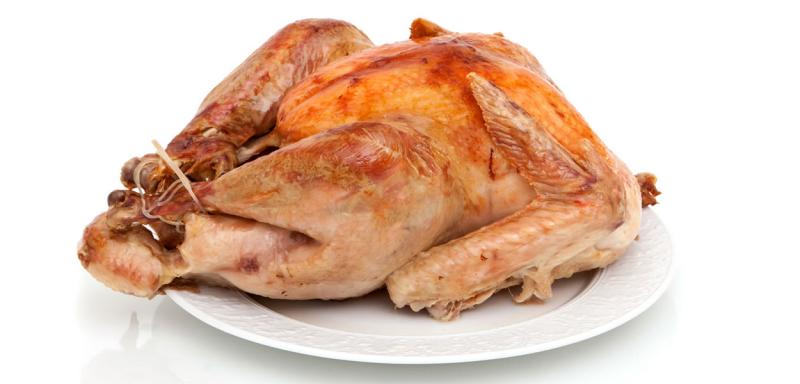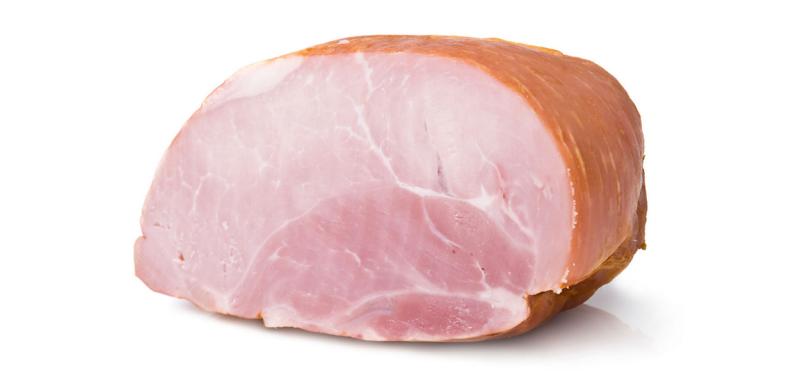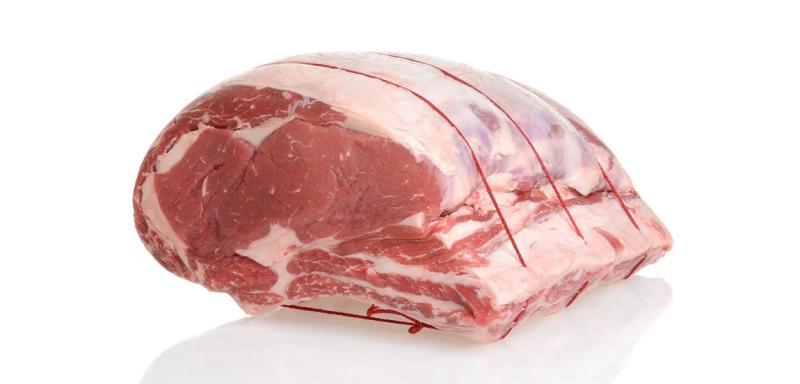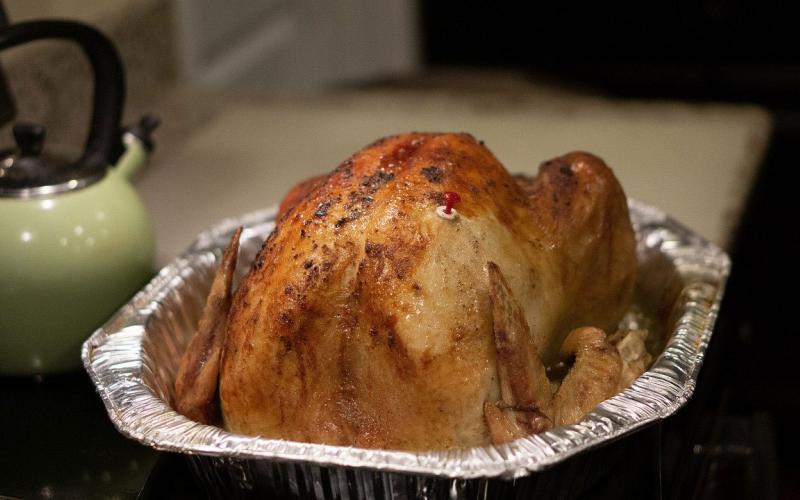
The holiday season is a time for gathering with family and friends and for eating lots of tasty food. Whether you are a holiday feast purist or someone who likes to buck the system with some non-traditional food choices, chances are the focal point of your meal is a large piece of meat. From turkey to prime rib, let’s look at some things to consider before you sink your teeth into your next holiday meal.
How much meat to buy?
This is a very common question from many hosting newbies. And the blanket answer is “it depends.” There is a general recommendation for each protein that will be discussed in each section below, but it is also important to take into consideration a few other factors. In addition to the obvious “how many people are you feeding?” you should also ask yourself who, what and when:
- Who are you feeding? Is your table going to be surrounded by hungry teenagers, calorie counting adults or picky children?
- What else are you serving? Are your guests going to have a huge spread of options where they will just take a small scoop of everything, or are you keeping it simple and making the protein the star?
- When are you eating? Are you eating midafternoon after your guests have snacked on cheese and crackers for several hours, or are you eating at a traditional mealtime and skipping hor d’oeuvres?
You should also decide if you want to plan on purposely having leftovers or not. All of these factors can drastically alter the amount of protein to prepare.
Turkey

Turkey has long been the protein of choice for many celebrating Thanksgiving. Yet, for many, preparing a turkey seems like a daunting task. However, it really isn’t as difficult as some make it out to be. A quick internet search will yield a plethora of “rules of thumb” for how much turkey to buy for a holiday feast. The U.S. Department of Agriculture (USDA) recommends approximately one pound of turkey per person. If you bought a frozen turkey, it is also important to allow the turkey ample time to thaw before cooking it. In the refrigerator (less than 40 degrees Fahrenheit), allow 24 hours per four pounds of turkey. Also, make sure your turkey is on the lowest shelf of the refrigerator and away from any ready-to-eat foods to avoid cross contamination. If you forgot to thaw your turkey in advance, you can use cold water to speed up the process. Leave your turkey wrapped in the packaging and make sure no water can get into the bag. Then submerge it in cold water. It will take approximately 30 minutes per pound to thaw the turkey, and the water should be changed every 30 minutes. With this method, it is important to cook the turkey immediately after thawing, because it has been out of refrigerated conditions for an extended period of time. Failing to cook it immediately gives bacteria time to grow and multiply. Cook your turkey until the thickest part of the inner thigh is 165 degrees Fahrenheit, but also check the wing and the thickest part of the breast to ensure it is done. Always determine doneness by the lowest temperature you measure when temping any meat.
Ham

If ham is your go-to protein for your holiday meals, the amount to purchase per person is significantly less than turkey. This is because ham has already been cooked, and it won’t lose as much weight when you’re reheating it. For a boneless ham, 1/4 to 1/3 pound per person should be sufficient. If the ham is bone in, increase the serving size to 1/3 to 1/2 pound per person to account for the weight of the bone. Ham that is cooked and packaged from state or federally inspected processing plants is safe to eat cold, right out of the package, but if it is for a sit-down meal, you likely want to reheat it. Hams directly out of the package only need to be heated to 140 degrees Fahrenheit measured at the thickest part, not touching bone. If the ham is not directly out of its original package or has been heated once before, it needs to be cooked to 165 degrees Fahrenheit to ensure food safety. Cook-before-eating hams should be cooked to 145 degrees Fahrenheit with a three-minute rest before eating.
Prime Rib

Prime rib is a little trickier when deciding how much to purchase. If you’re choosing a bone-in prime rib, one rib per two people should be enough. If it is a boneless prime rib, plan on 1/2 to 3/4 of a pound per person. When preparing a prime rib, take into consideration the fact that the meat will continue to cook for 10 to 20 minutes after you remove it from the heat source. If you want the meat to be medium rare, remove it at 130 to135 degrees Fahrenheit. For medium, remove it at 140 to 145 degrees Fahrenheit. Be sure to allow the meat to rest for 10 to15 minutes before cutting into it to prevent the meat from drying out.
Leftovers
While it may be tempting to take a post meal nap before cleaning up the remnants of your feast, don’t forget to take care of your leftovers first. The leftovers should be portioned into shallow containers and placed in the refrigerator as soon as possible. Meat leftovers should be eaten or frozen within four days of cooking. When you’re ready to eat the leftovers, heat them to an internal temperature of 165 degrees Fahrenheit to ensure food safety.
Sources
- USDA FSIS. 2010. Let’s Talk Turkey, A Consumer Guide to Safely Roasting a Turkey.
- USDA FSIS. 2016. Hams and Food Safety.
